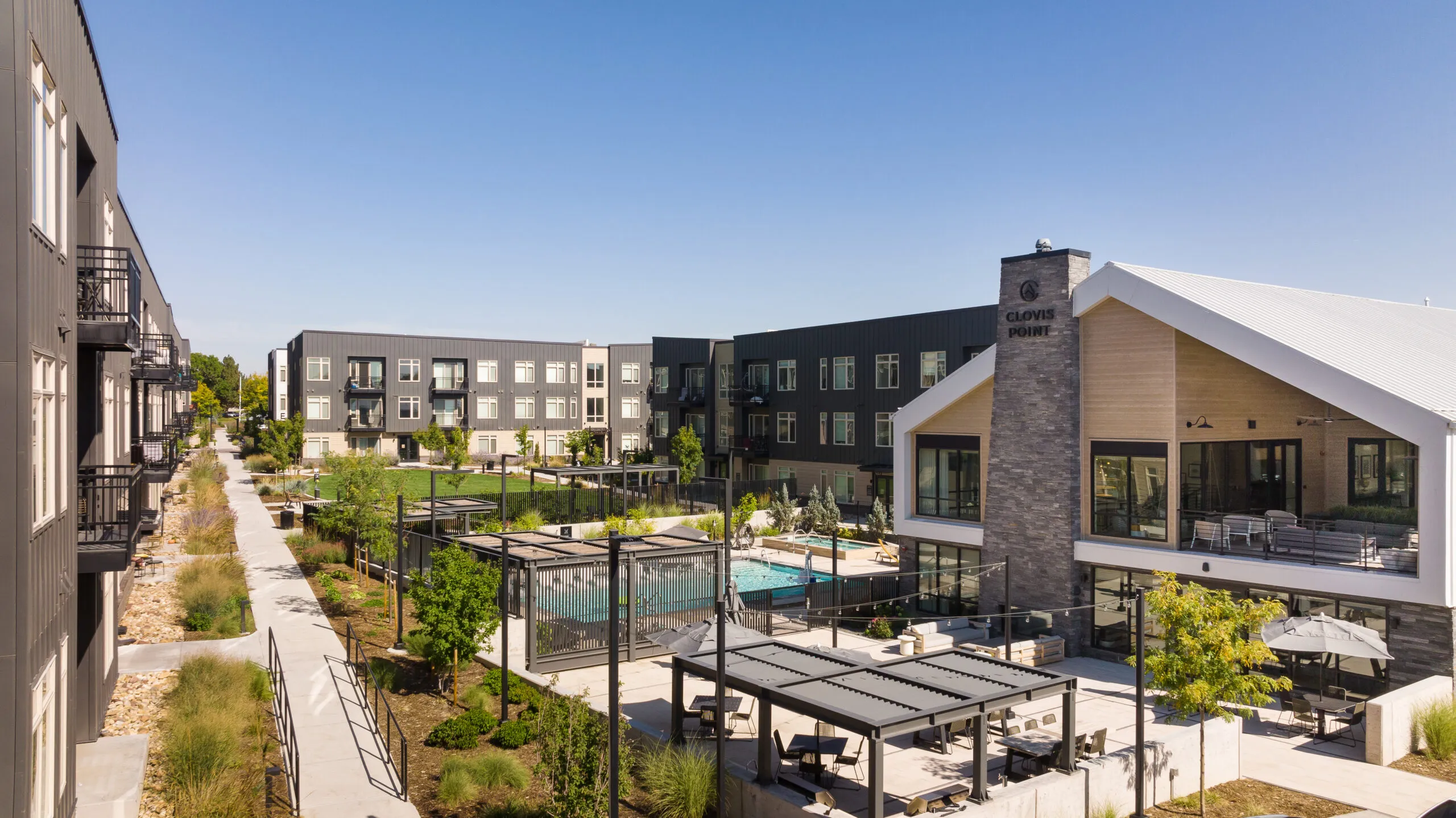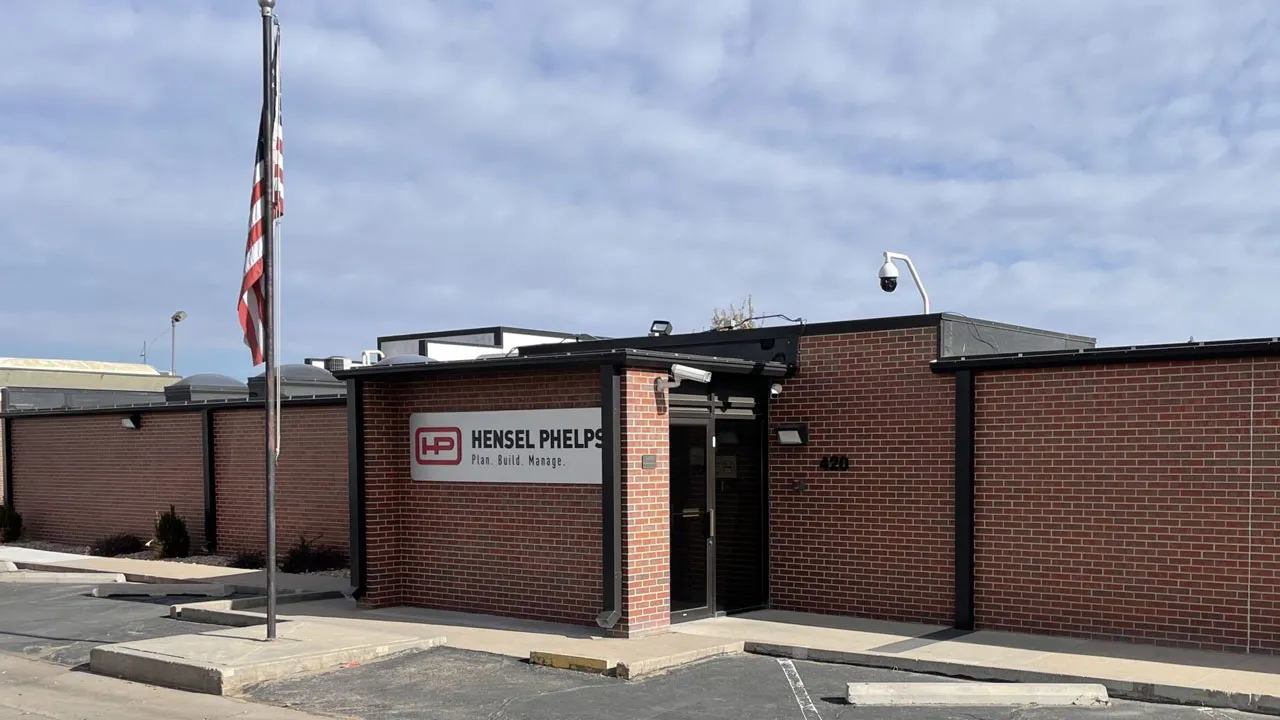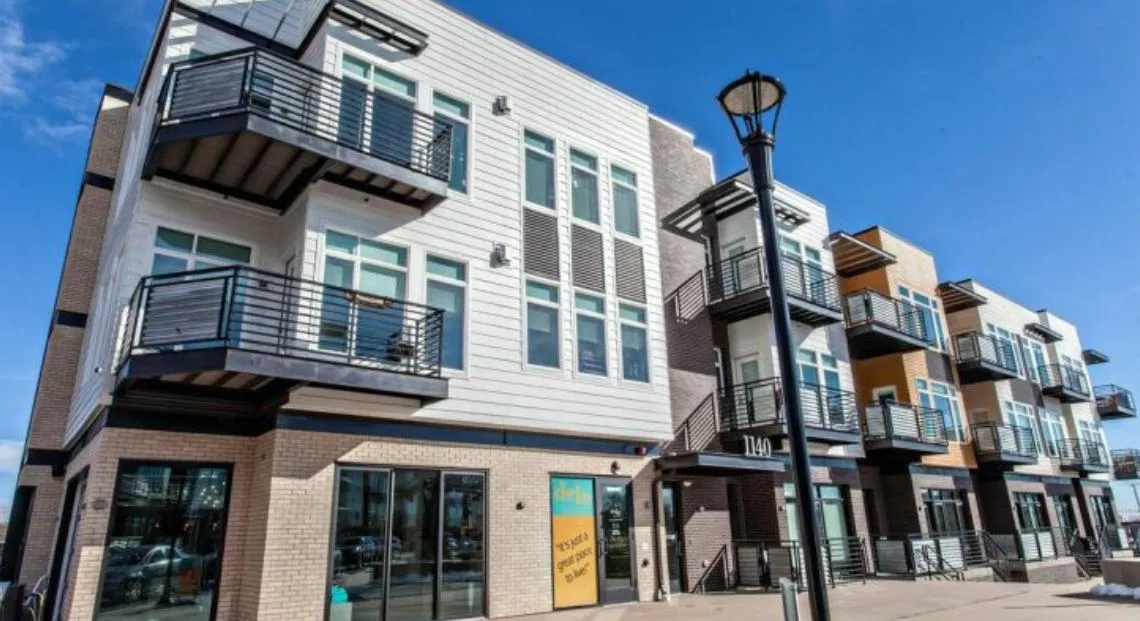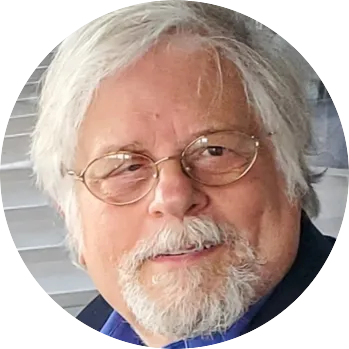8 years later, project still drives Estes loopy

ESTES PARK — Eight acrimonious years after the plan first was proposed and nearly 2½ years after it narrowly won the Town Board’s approval, Estes Park still wrestles with costs and controversy over turning parts of three downtown streets into a one-way loop to ease summer traffic congestion and aid visitor access to Rocky Mountain National Park.
Costs of property acquisition for the right-of-way have more than doubled, a possible legal challenge looms regarding compliance with Colorado’s Taxpayer Bill of Rights, and a deadly pandemic that forced the shutdown of overnight accommodations — the mountain tourist town’s…
THIS ARTICLE IS FOR SUBSCRIBERS ONLY
Continue reading for less than $3 per week!
Get a month of award-winning local business news, trends and insights
Access award-winning content today!





